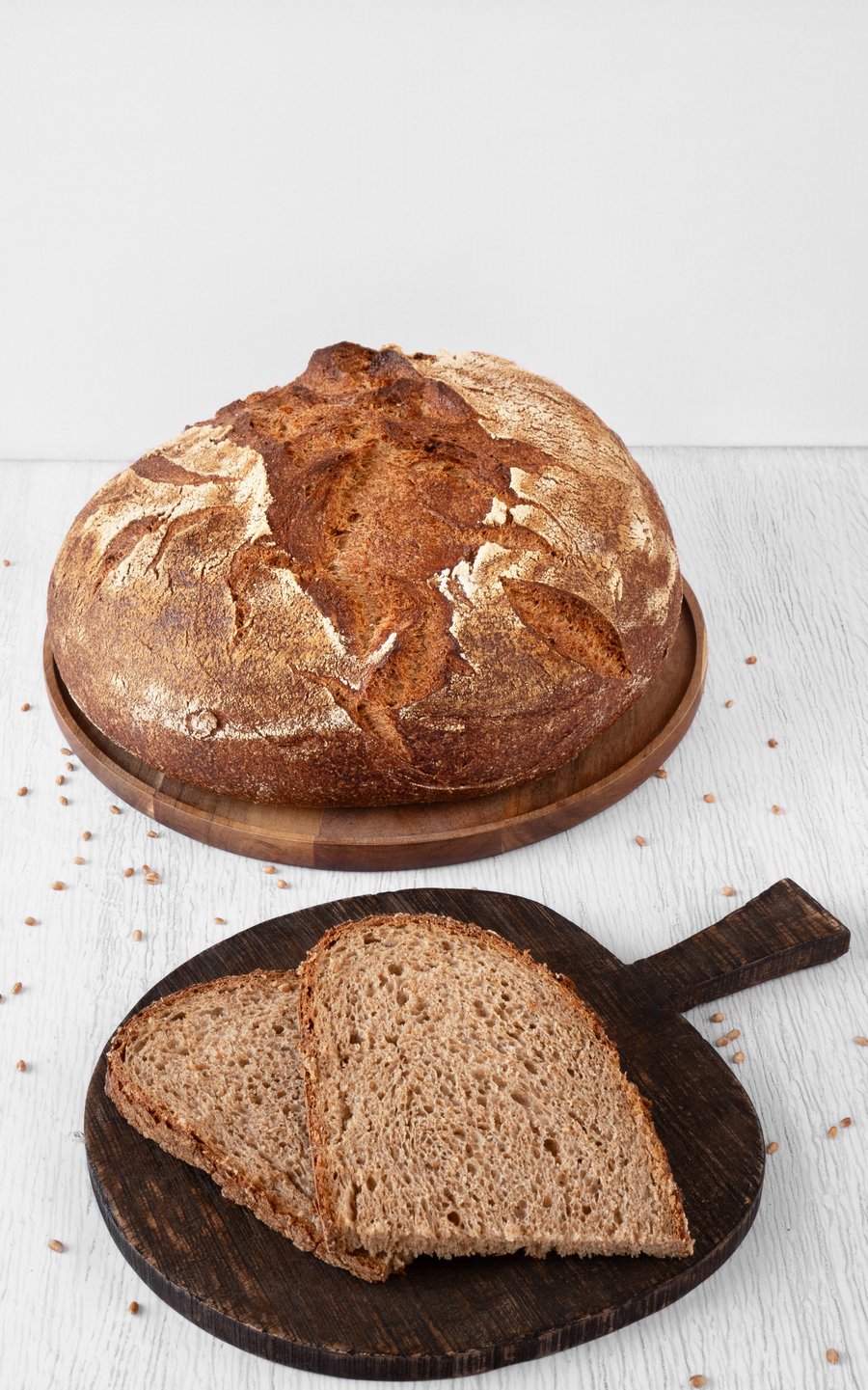Wholegrain baked goods
In addition to fibre, whole grains contain important vitamins and trace elements. The ingestion of fibre from grains can reduce the risk of cardiovascular disease, type 2 diabetes mellitus, as well as certain types of cancer (Gaeser, 2020; Hu et al., 2020; Ramezani et al., 2024). The great importance of grains and grain products in nutrition is reflected in dietary recommendations. The German Nutrition Society recommends five servings of grains and grain products per day (300 g), with at least one-third of these servings being whole grain. The Austrian Society for Nutrition (ÖGE) recommends four servings per day, with whole grains being preferred (ÖGE, 2024).
Notwithstanding these recommendations, most adult Europeans do not consume enough fibre. Austrians consume an average of approximately 20 grams of fibre per day, which corresponds to 66 % of the recommended daily intake. Baked goods with a high proportion of whole grains are important sources of fibre, and can therefore contribute to achieving the suggested intake. For example, two slices of whole wheat bread (100 g) contain approximately 8.4 grams of fibre (Elmadfa et al., 2017), which corresponds to 28 % of the recommended daily intake. At the European level, there is no common legal definition regarding the labelling of wholegrain or wholegrain products. EU Regulation 1308/2013 defines wholegrain as grain from which only a portion of the final product has been removed, regardless of the properties achieved during each milling process. Countries like Austria, Belgium, the Czech Republic, Denmark, Finland, Lithuania, the Netherlands, Norway, Portugal, Spain, and Sweden have national definitions of whole grain as an ingredient. These definitions are agreed, but not coordinated.
Technologically, wholegrain milled products are produced by direct milling or by recombination. It is important that the recombined product still contains the components of the intact grain in the appropriate ratio (ratio of bran, endosperm, and germ). In Germany, the requirements for whole grain milled products are derived from DIN standard 10355, and in Austria from the Food Code (Chapter 18, paragraph 2.1.9.11). What is important for the term “wholegrain” is therefore the composition of the product, and not the production process. This also corresponds to the whole grain definition of the Health Grain Initiative (Van der Kamp et al., 2021).
Even though consumers are aware of the health benefits of whole grains and fibre, baked goods made from highly refined grains remain popular. Reasons include the soft texture and mild taste of white bread. Additionally, there is often a lack of high-quality wholegrain baked goods. Challenges in the production of wholegrain baked goods include the fluctuating quality of wholegrain flour, a lack of silo or storage capacity, and more difficult dough handling or processing properties in baking.
To address these challenges, backaldrin has developed the baking premix Whole Wheat 30 %. This recombination enables the easy production of high-quality whole-wheat products using standard wheat flour. Further advantages include flexible combination options and long-lasting freshness of the final products. In Austria, because of the high proportion of wheat germ (>5 % germ in relation to milled and hulled products), according to the Food Code, an additional labelling as sprouted bread is possible.

Article by Dr. Edith Hüttner-Wilkinson
Procurator, Deputy Head of Quality & Development

